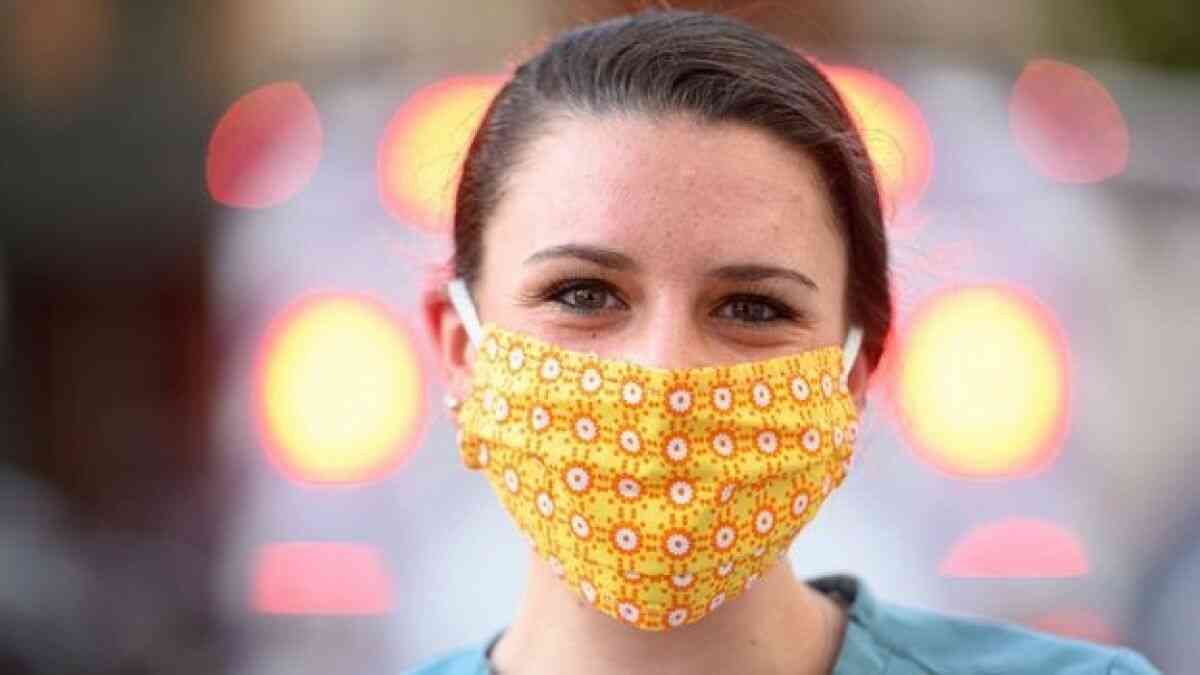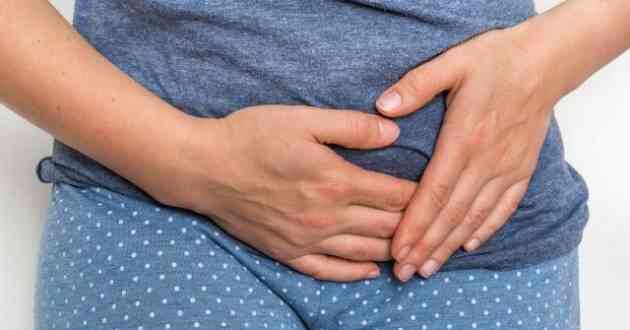5 Side Effects Of Wearing A Face Mask You Might Not Know About

Wearing a mask is one of the simplest and most efficient ways to prevent COVID-19 from spreading.
Wearing a mask is one of the simplest and most efficient ways to prevent COVID-19 from spreading. Unfortunately, some minor side effects are possible as a result of this important health practice. According to specialists, there are 5 new adverse effects of face masks, as well as recommendations on how to prevent and avoid them.That doesn't mean that you should discard your mask entirely!
1. Mask mouth
It's possible that your mask is to blame if your breath has gotten worse and has been exceptionally stinking during the pandemic, or if you've had an increase in gingivitis and/or cavities. COVID has given birth to a new phenomena known as "Mask Mouth." When wearing a face mask, we frequently breathe through our lips rather than our nostrils. Mouth breathing can cause dry mouth, which can cause halitosis, cavities, and gum disease.
You don't have to take off your mask to avoid gingivitis and other related issues. When it is one, though, you may need to change your breathing technique. Make a conscious effort to breathe through your nose while wearing your face mask, and remain hydrated to avoid these negative side effects.
2. Candida growth
If you get mouth sores, it could be due to candida overgrowth, which is similar to a yeast infection in your mouth. Yeast thrives in humid settings. Oral candidiasis, often known as thrush, is a fungus that can be caused by a number of things, including dry mouth, antibiotics, dentures, inhaled corticosteroids (such as those found in asthma inhalers), and smoking.
3. Maskne
Maskne is an unofficial word for acne mechanica, which is defined as "acne caused by the friction of the mask as well as dampness and germs in the mask-covered area." Acne is a complex skin ailment in which four major elements contribute to the persistent sores on your face. Propionibacterium acnes (P. acnes), excessive sebum production, aberrant keratinization, and inflammation are the reasons. Due to constant friction to your skin, wearing a mask adds more variables to the equation, obstructing the pilosebaceous units, resulting in a distinct distribution of acne from your mask.
The good news is that there are ways to avoid and treat it without having to remove your life-saving mask. Moisturize and hydrate the skin to protect the skin barrier and prevent it from happening in the first place. You can take acne drugs, but be careful not to irritate your skin too much, since this will undermine the skin barrier and cause further outbreaks.
Also, to reduce dirt and makeup buildup, wash your mask frequently, and try to avoid wearing makeup. Another option for treating maskne is to employ LED treatment, which uses blue light and has been clinically confirmed to help with P. acnes. Light emitting diode (LED) therapy using blue light has been reported to improve acne and is a helpful treatment option for acne. It has been used by dermatologists for years.
4. Cold sores
According to some specialists, patients have had more cold sores around and within their mouths during the pandemic than usual. While these are most likely caused by the additional stress that COVID-19 has brought into our life, masks exacerbate the problem.
5. Facial dermatosis
Face masks have been linked to dermatosis on the face.Protective face coverings, particularly medical PPE, can "induce occlusion and, as a result, a moist and warm microenvironment," which can lead to skin problems. What's the good news? Because facial skin damage enhances itching sensation, causing people to scratch their faces and remove their masks, reducing the effectiveness of PPE, treating these dermatoses may help to minimize COVID-19 transmission. Stress, as well as irritation to the skin, can cause breakouts.


